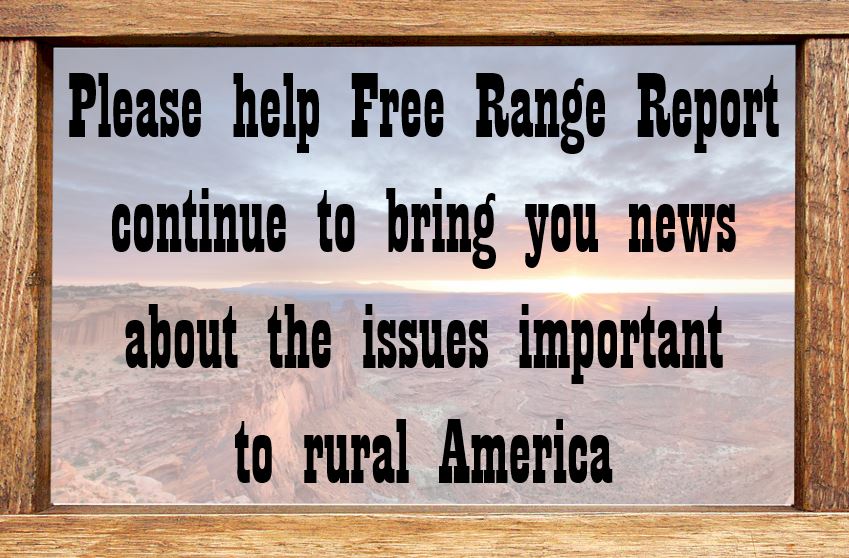 [paypal_donation_button]
[paypal_donation_button]
The farmer explained that he asked federal biologists how to fix the problem and they told him they could not help him unless he paid thousands of dollars for some kind of permit. When it was my turn to talk I showed him my video and all of my documentation. Afterward he looked at me and said “I don’t want to kill your little fish, I’m just trying to make a living, I’m a good hard working man.”
David L. Reilly
Retired NOAA Special Agent
In 2001 I was hired to be a US Special Agent with NOAA National Marine Fisheries Service (NMFS) US Department of Commerce. I was assigned to be on an Endangered Species Act (ESA) Team focused on investigations into habitat damage for federally listed salmon and steelhead on the North Coast of California. I have since retired.
I truly believed this was a good cause trying to protect salmon and steelhead from extinction. I had already spent 10 years enforcing federal natural resource laws and patrolling federal lands.
One of my first cases dealt with a farmer using his agricultural pump to water to his alfalfa fields. Whenever the pump came on it caused the small stream on his property to dewater and strand hundreds of ESA listed Coho juvenile salmon. NOAA biologist brought this case to me and stated that the farmer had threatened them. The federal biologist told me they had explained to the farmer he would need a Habitat Conservation Plan (HCP) which would cost around $4000+ before they could assist him on how to fix the problem. I started the investigation by spending weeks of watching the water levels fluctuate every time the pump came on. Just like any other type of law enforcement investigation I took photos, videos, took water measurements, and documented everything I observed. I documented that when the pump came on the water levels lowered causing a stranding of hundreds of juvenile salmon in isolated pools in the small stream. This was a good case and federal biologists were willing to write me an official “Take Statement” which is a report that shows in their professional opinion the take of listed fish was occurring.
My next step was to meet with the farmer. I was able to acquire his phone number and arraigned a meeting in person at the site of the violation. When I met the farmer I showed him my official law enforcement credentials and shook his hand. He started out wanting to tell me the story of his life and we both sat on the tailgate of his truck and drank coffee. He was 70 years old but a very healthy and strong man. I sat there with him and just let him talk. He went into great detail on how he was from the Azores and was Portuguese. He explained how he immigrated to the United States and bought a small piece of land and worked on it since he was 27. The farmer explained that he asked federal biologists how to fix the problem and they told him they could not help him unless he paid thousands of dollars for some kind of permit. When it was my turn to talk I showed him my video and all of my documentation. Afterward he looked at me and said “I don’t want to kill your little fish, I’m just trying to make a living, I’m a good hard working man.”
After meeting this farmer I didn’t really want to charge him with a crime and have him pay a huge fine. My case would have been prosecuted civilly and could have easily been a $20,000 fine. On a personal level I thought this was a good man. I made a decision to do something most other Special agents would not do. I broke some protocol and found a solution, a win, win solution.
[wp_ad_camp_1]
I asked the farmer if he owned the land all the way to the main stem of the larger nearby river. He said yes. I asked if he could move his pump to the middle of the river bar, and dig a deep hole with a backhoe and put the pump in the hole. The farmer thought about and said that might work, but he was concerned the water flow from a longer pipeline might not be too strong. I said let’s give it and try and see how it goes. The farmer moved his pump and dug a deep hole to put it in. I spent several weeks documenting what occurred when the pump came on and documented the water level on the small stream. The small stream no longer lowed while the pump was running. The smaller stream was flowing the way it should be. The pump was pumping subsurface water coming from the main stem river and no longer getting water from the smaller stream.
I felt really good about saving Coho salmon and working with a farmer so he could still irrigate his lands without being fined.
I soon learned not everyone in my agency was happy with my results. Federal biologist and civil attorneys were outraged that I let a good case go. NOAA General Counsel attorneys and biologists even tried to write up their own case to push forward without my case package. They even complained to upper level management on me for not doing my job. I had some heated discussion with the biologists and attorneys, explaining to them I was the one with the badge and gun and I have authority to decide how my case is handled not them. Fortunately my supervisor agreed with me. I remember him telling me “Dave, fines are not going to save fish, cooperation with land owners will. You did a really complex case and worked out a solution and that is great.”
The biologists were still angered by me doing biology type of work without their expert advice. The attorneys were angered that I did not bring them a good solid ESA case.
For several years afterwards I would stop by to see how the pumping was going. If the farmer was out in the fields I would walk out and talk to him and see how things were going.
I guess the point of this story is the ESA can work for everyone if the US Government is willing to work with landowners. The fact is the government is more concerned about fines, statistics, and doesn’t care about people. I was shamed and criticized by many in my agency for working with a farmer instead of charging him. This showed me the ESA was no longer about protecting salmon, it was all about how big of fines could be collected.
I wanted to share my story to show how it’s possible for the government to work with people and protect listed fish. It’s just that the employees of the government often do not want to work with the people.
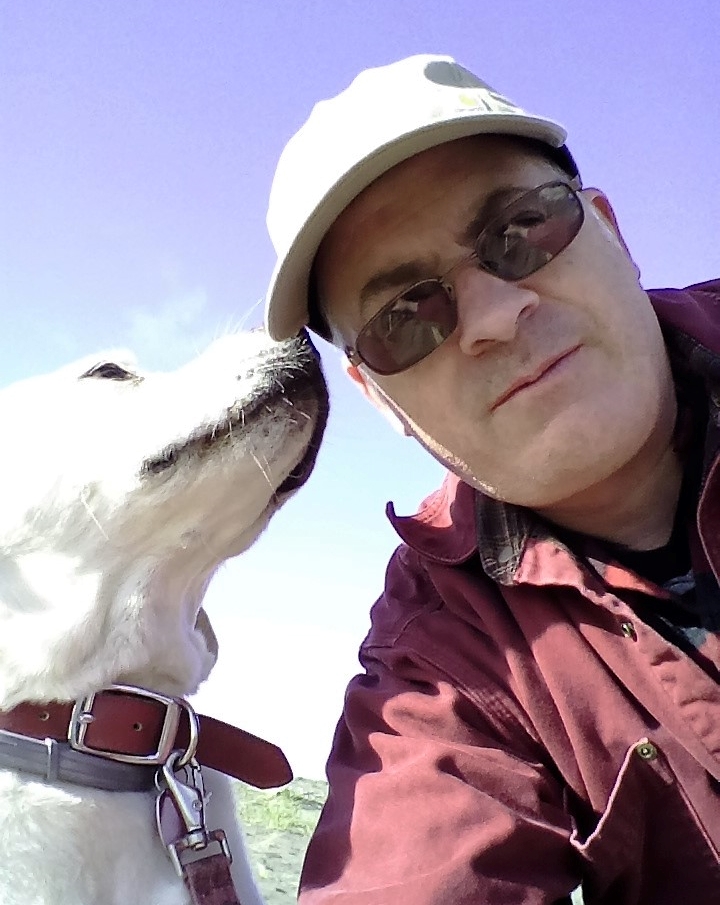
Free Range Report
[wp_ad_camp_3]
[wp_ad_camp_2]
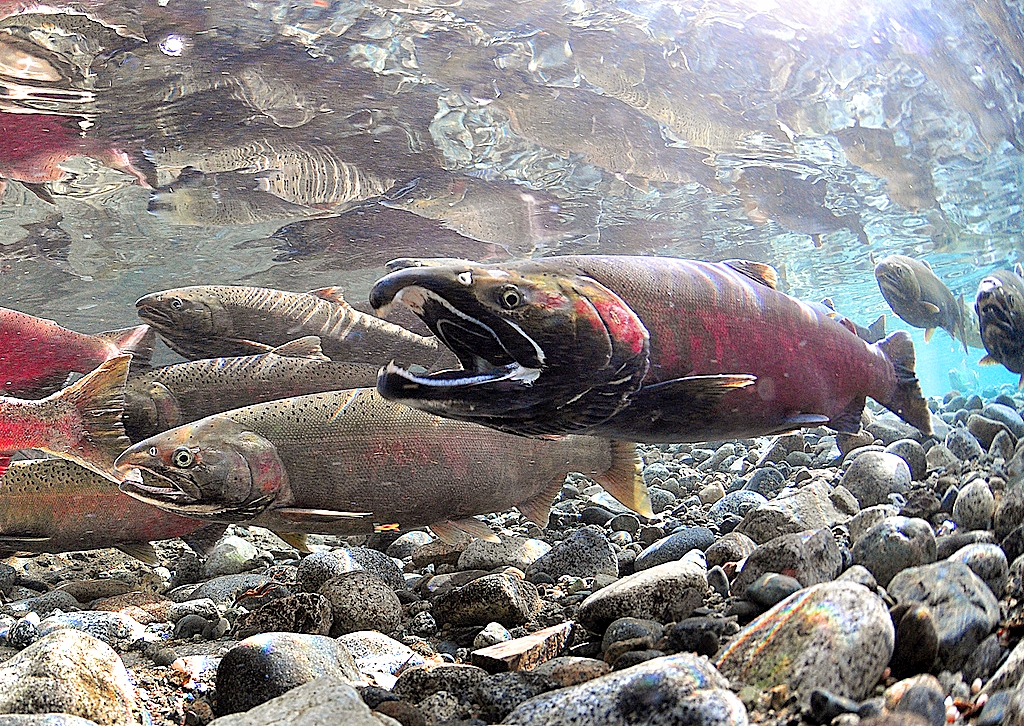

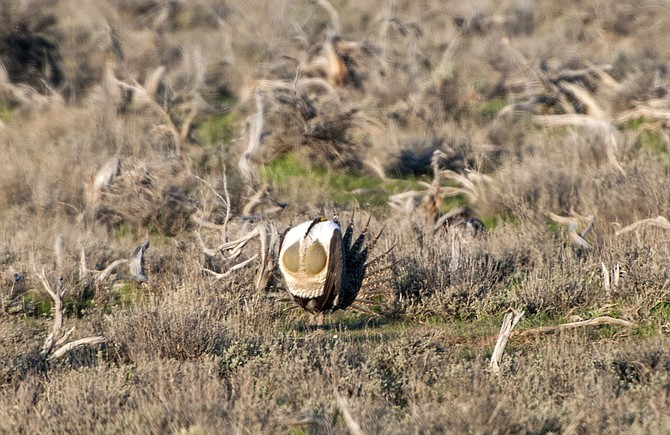
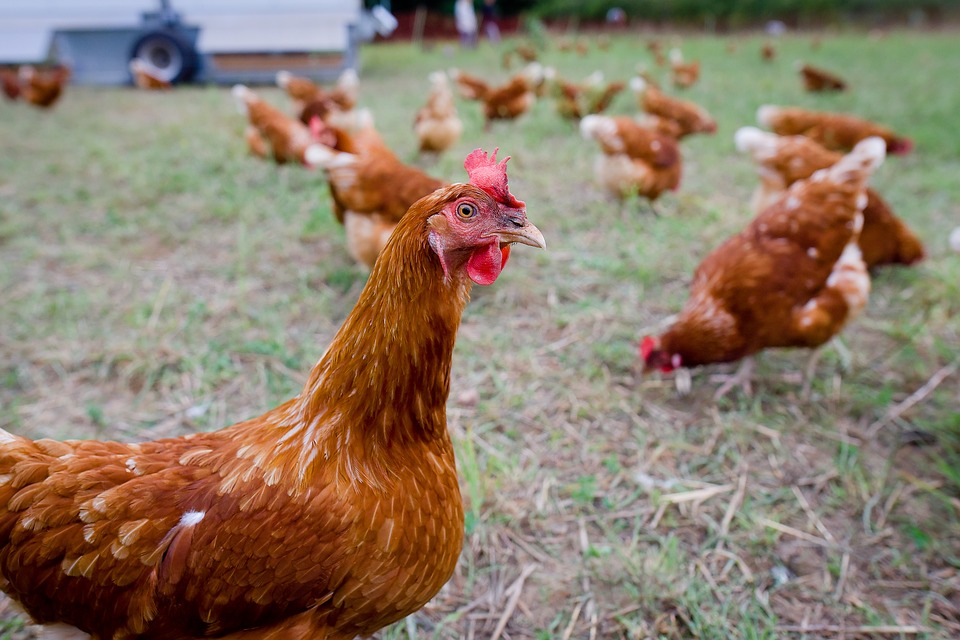
Agents are paid large sums of money with cadillac retirements and healthcare amenities from public funding. Their job should be to help the public maintain an eco balance, not to destroy our lives and then take our land. I applaud this agent for doing what was right.